Phonemic awareness is an essential component of letter recognition. Have you seen your child come home with a letter sounds printable or activity from preschool? This post is all about how to teach letter sounds to struggling students.
That’s because teaching individual sounds is a great way to set children up for success on phonics skills from the get go. There are of course many different ways to teach lowercase letters, uppercase letters and alphabet letters.
See more alphabet matching printables and activities to work on letter identification skills here.
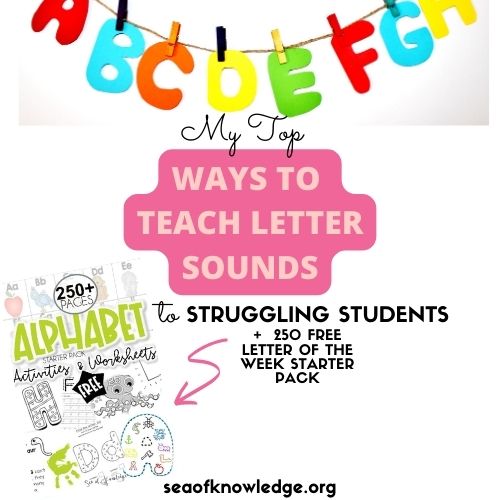
The most important thing to focus on is to begin, even if it was with a simple toy the kids love.
Young learners love working on letters of the alphabet in a fun way, so why not incorporate different ways for them to learn their letter sounds.
The 250+ page bundle is FREE. Get the FREE download by signing up at the end of this post.
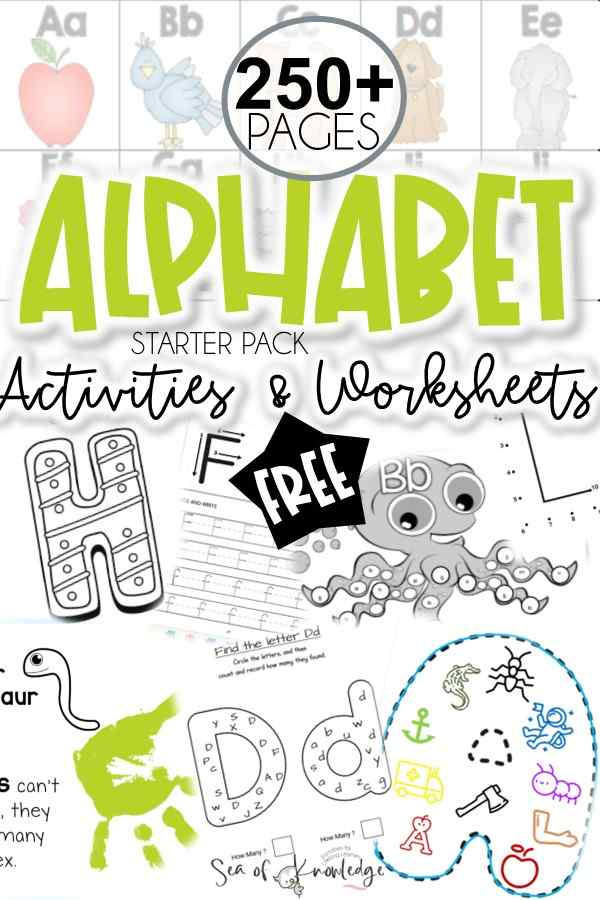
Get it at the end of this post along with a beginner’s guide on how to start your child with letter recognition skills.
Phonological awareness for young children
It’s always well and good when you are teaching letter sounds and you’re finding some great improvements and the children are working well on their letter sounds.
However, when the kids are struggling with letter sounds and short vowels, we need to change up our strategy to help struggling students a little more.
What is phonological awareness?
Phonological awareness is the ability to hear and identify speech sounds in words. It is a crucial skill for learning how to read and spell. This is why short vowel learning techniques are so important in the early learning years.
It is the foundation of early reading and writing skills.
Phonological awareness skills can be taught through play-based activities, such as games and puzzles, which develop auditory discrimination and memory skills.
The best way to teach phonological awareness is through play-based activities that develop auditory discrimination and memory skills.
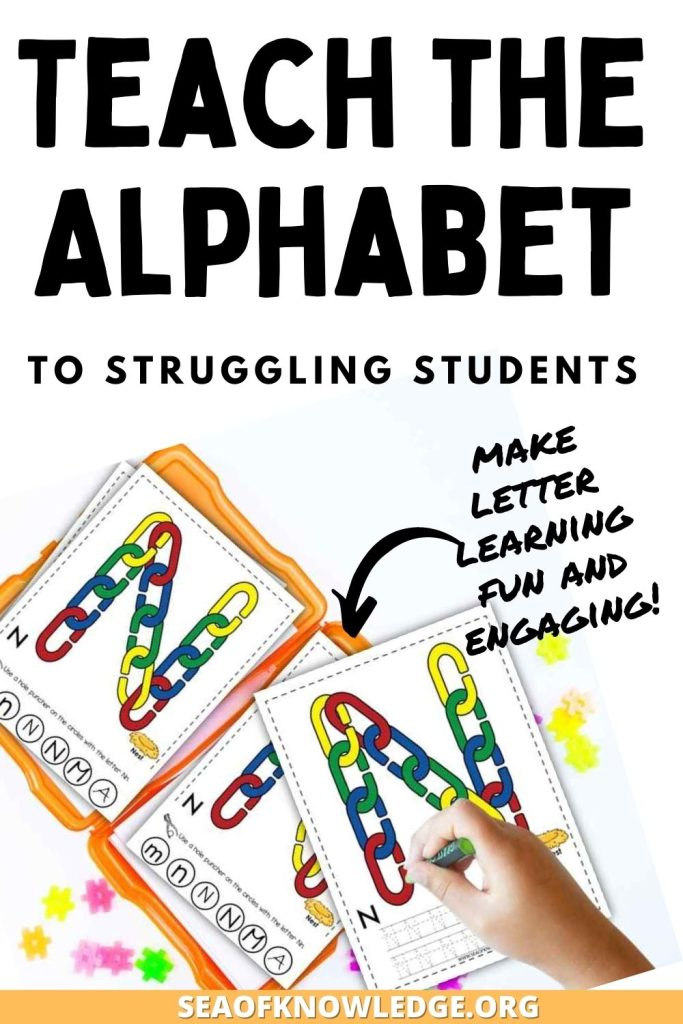
So what do we do when letter sounds just don’t stick?
If students are struggling with their letter sounds, it’s possible that they need a little extra practice with phonological awareness skills.
You can set aside a few minutes during small group to work on skills like isolating the first sound in a word (i.e. you say “bun” and they have to say the first sound, /b/).
Use an alphabet chart and sing the alphabet song
Using an alphabet chart is a great idea to get students working on beginning sounds.
Not only do they get to work on sounds, but they also work on alphabetical order, letter-sound relationships and more.
Use a simple alphabet chart like the one below to further enhance those skills.
These how to help a struggling reader at home tips and ideas are a great starting point to guide you on your journey in teaching beginning literacy and reading skills.
I like to also use an alphabet chart, like the one shown below along with some magnetic letters to help them connect the sounds with the letters.
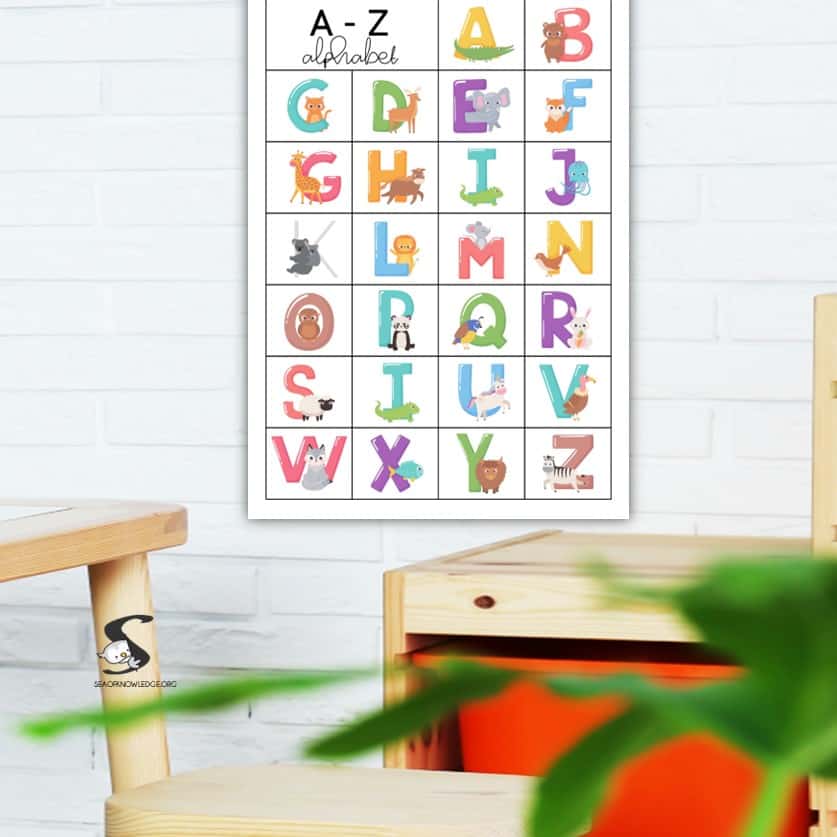
Use multi-sensory skills
Why do we always incorporate multi-sensory skills in our classrooms? Because they work. They work when you combine them with fun alphabet books and even sight words.
Alphabet activities for letter sounds
Use alphabet plastic chain links for the kids to make the letters and feel them as they build each letter. Touch And Feel Letters. Humans are tactile creatures, use letter foams too.
Trace a letter in salt or sugar and use fun letter cards like the Dr. Seuss ones below.
Use cut and paste letter-sound knowledge
Use these simple one page letter crafts to work on teaching letters and letter recognition activities in a way way.
Get these printable cut and paste letter sound crafts FREE as part of the mega alphabet letter of the week starter pack at the end of this post.
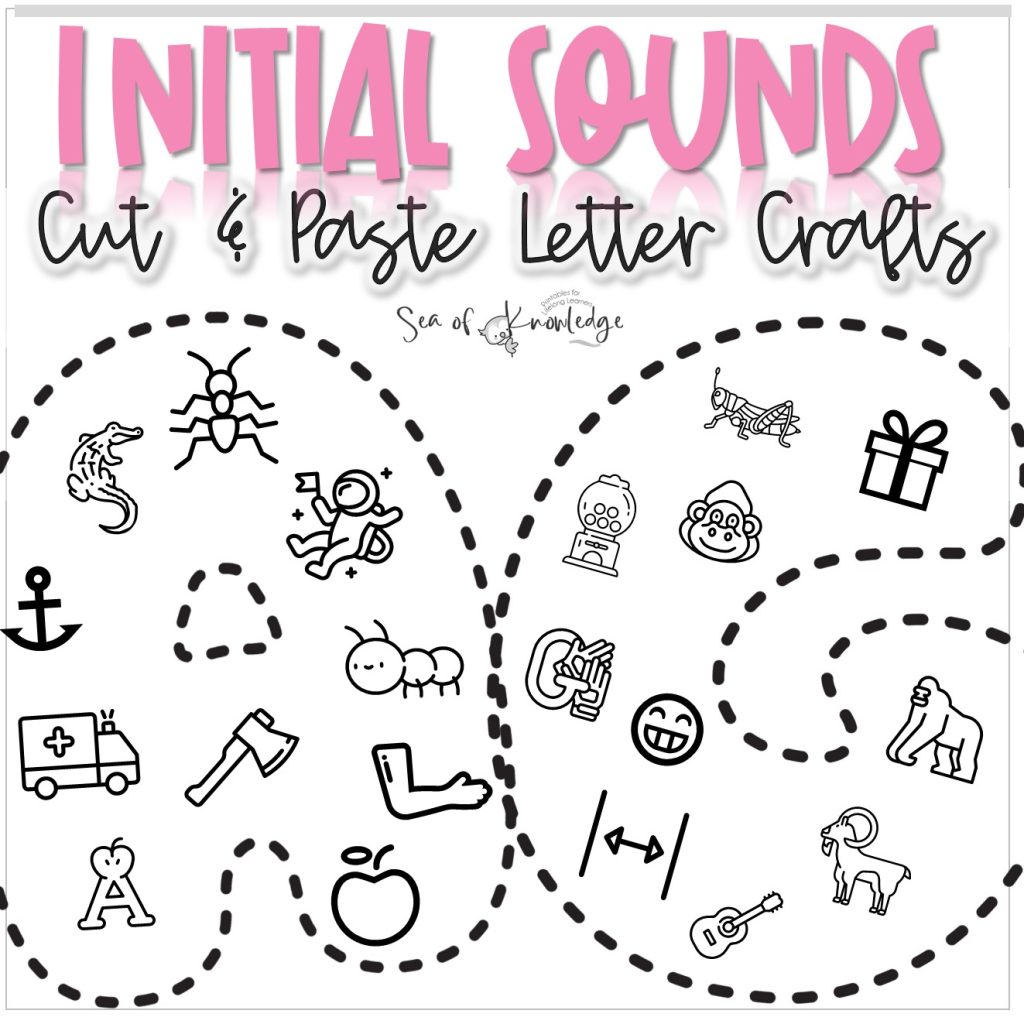
The best part about these is that they are on one piece of paper and great for small group instruction too.
The best part about these cut and paste printables is that they work on fine motor skills as well as each letter of the alphabet.
You can easily add them to the letter of the week program for any grade. Even older children will benefit from these.
Use movement to learn letter sounds
Build strong foundational skills with a struggling student by incorporating some hidden alphabet games and movement activities.
This super fun movement activity with letter sounds on the bus would make a great addition to any classroom or homeschool.
It builds a strong foundation and it is a fun activity for kids to work on and exert some energy.
More Alphabet Activities and Games from this Series:
- Fun Ways to Teach the Alphabet to Toddlers and Preschoolers
- When should a child recognise letters of the alphabet [Free 250+ Page ABC Bundle]
- Teaching the Alphabet to Toddlers [Easy Ideas to Start]
Add the bundle below to your list of resources to start with. This bundle includes worksheets, printable hands on tasks like handprint letter pages and more.
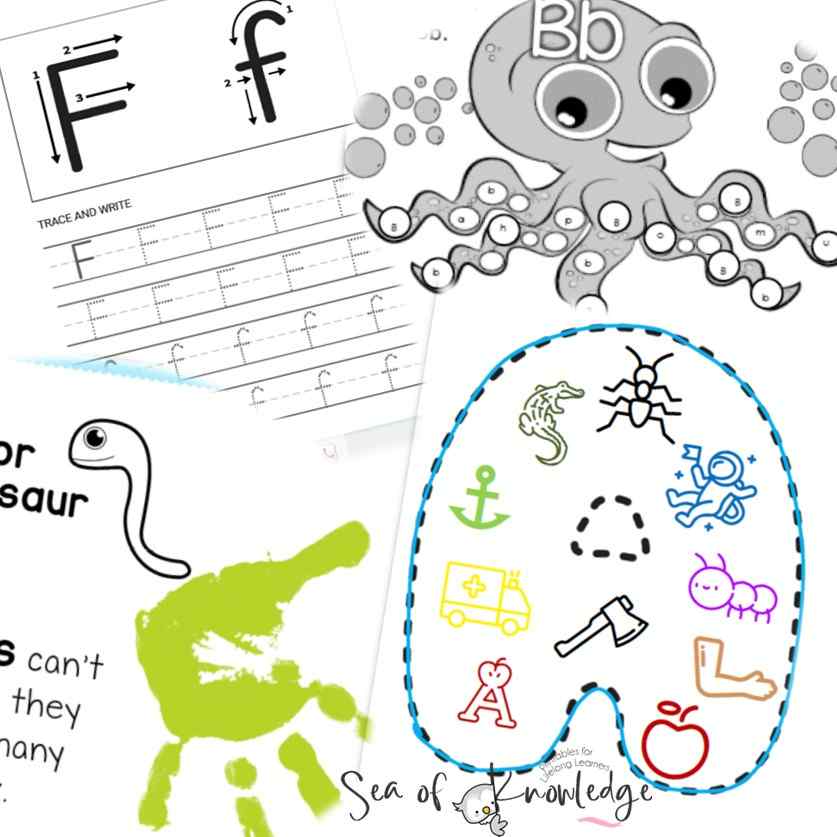
Click on the box below and enter your email to get this FREE alphabet bundle sent right to your inbox.
>>> Click here to get the 250+ Page ABC Bundle <<<
In conclusion, the mastery of letter names can be easier than letter sounds and reading programs sometimes omit the strategies that can work with struggling students.
Often, when there is a struggling student, I try all these strategies before I move onto trying something else. One of them will stick and will work.
Kindergarten teachers are always looking for different activities to teach letter recognition skills and letter-sound correspondence skills. This is the reason why, because one method doesn’t work for all kids.
I hope some of these fun games and ideas triggered some new ideas to help your own children and students.


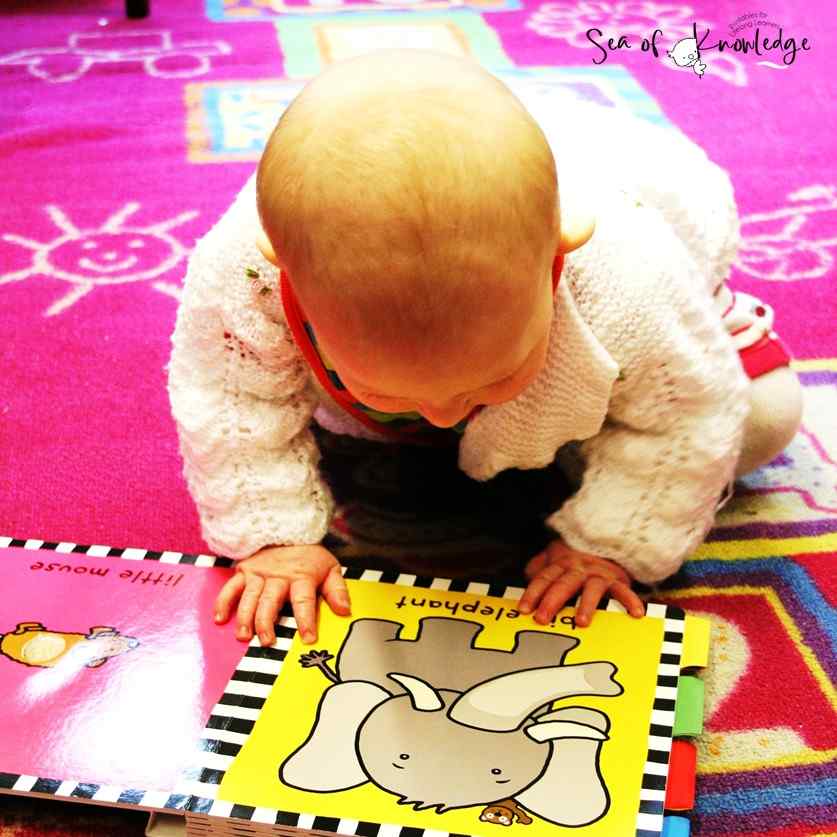
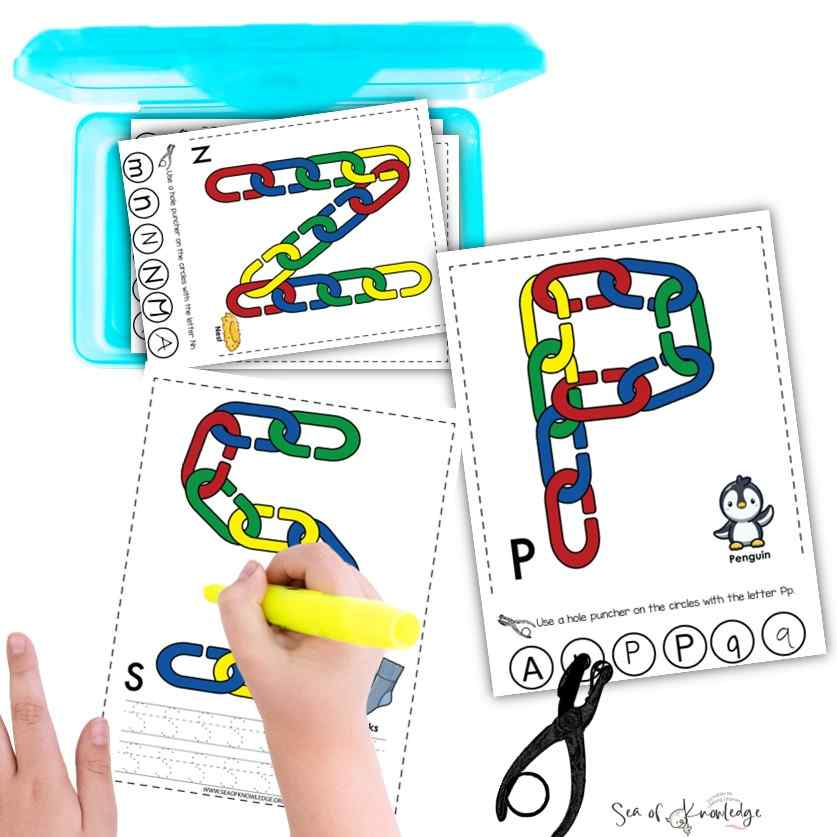
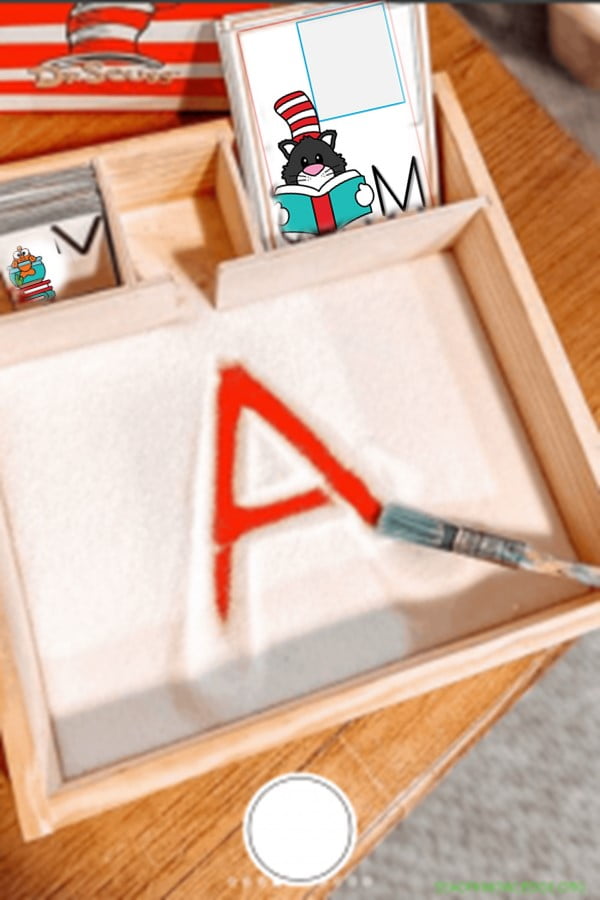
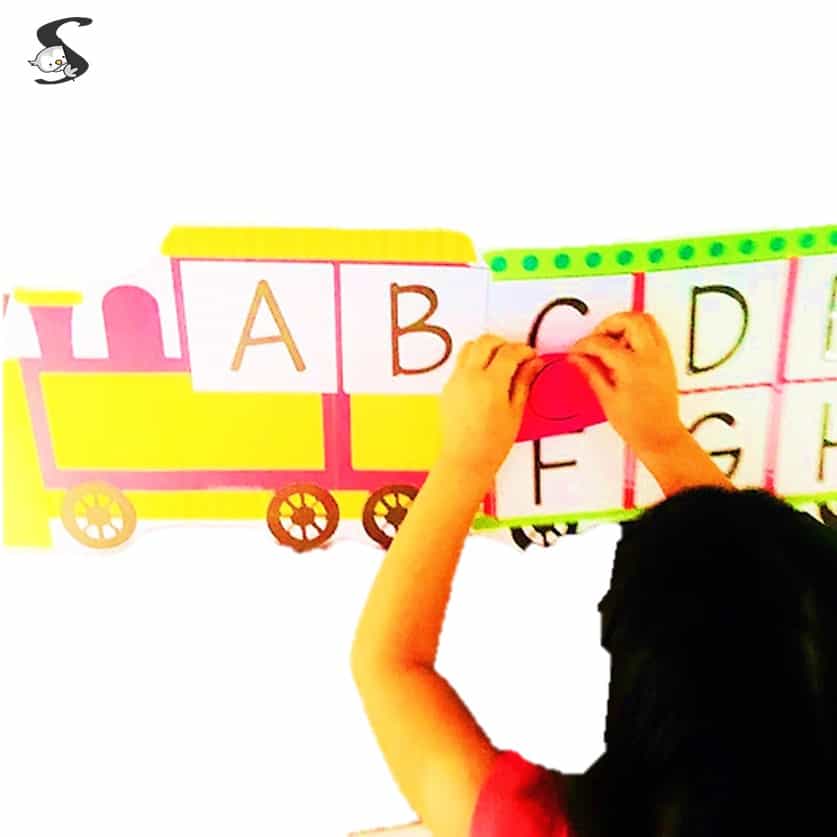

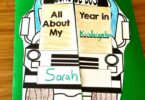
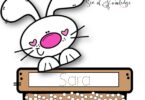
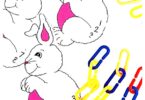
I’ve tried 4 different times to get the free 250+ alphabet bundle but never got the email for it. I have tried to contact you but there’s no way. Help!!